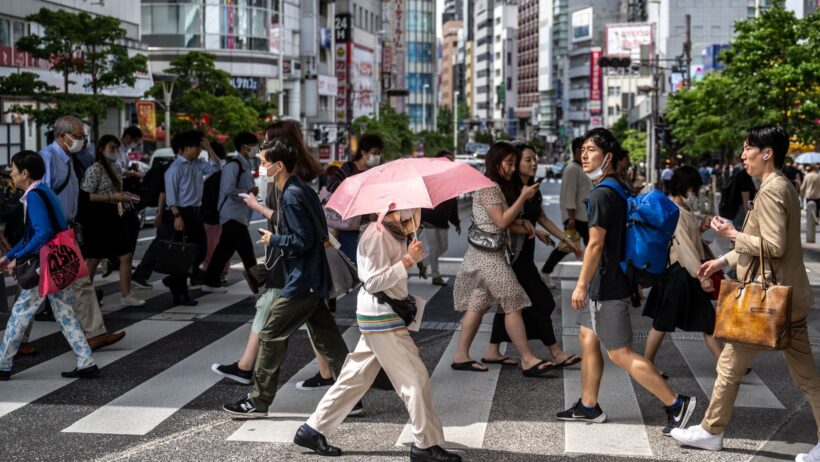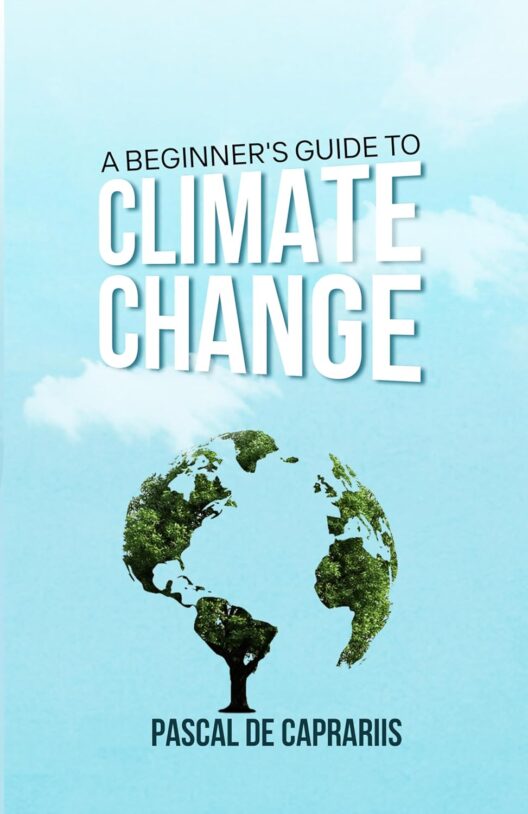El Niño has emerged as one of the most formidable climatic phenomena, dramatically altering weather patterns across the globe. But as the world grapples with the pervasive effects of climate change, a glaring question arises: “Is El Niño fueled by climate change?” This inquiry invites us to explore the complex relationship between these two environmental processes. Meteorologists and climate scientists are keen to unravel this intricate tapestry, bringing both support and skepticism to the discourse.
To understand the interaction between El Niño and climate change, we must first consider what El Niño actually is. El Niño refers to a periodic warming of ocean surface waters in the central and eastern tropical Pacific, significantly influencing global weather. Traditionally, this phenomenon occurs every few years, resulting in a variety of climatic anomalies—from increased rainfall in some regions to droughts in others. However, the emerging theory posits that a changing climate may alter the frequency, intensity, and effects of El Niño events.
Historically, El Niño has been a naturally occurring event, part of a larger cycle known as the El Niño Southern Oscillation (ENSO). Nonetheless, climate change has catalyzed a series of alterations in the ocean-atmosphere interactions that underpin this phenomenon. For instance, rising global temperatures can amplify sea surface temperatures, potentially triggering more intense El Niño conditions. This leads to warmer ocean waters that can release additional moisture into the atmosphere, exacerbating storms and modifying precipitation patterns worldwide.
What does the current body of research indicate? Numerous studies suggest that climate change may not directly create more El Niño events but rather intensifies their effects. For example, a study published by the IPCC (Intergovernmental Panel on Climate Change) highlights that while the occurrence of El Niño events remains relatively stable, the resultant weather extremes could become increasingly severe. The interplay between an intensified El Niño and a warming climate may lead to unprecedented weather patterns, posing a challenge for adaptation and mitigation strategies.
In this broad context, meteorologists have identified trends suggesting that the frequency of strong El Niño events has already increased in recent decades. Some researchers propose that as ocean temperatures rise, the conditions conducive to El Niño could become more favorable. Are we, then, entering an era of unprecedented climatic extremes due to these multifaceted interactions? This question begs further investigation, urging climatologists to delve deeper into predictive models and historical data.
The potential challenges posed by an intensified El Niño phenomenon are manifold. For instance, recalibrating agricultural practices in anticipation of altered rainfall patterns becomes imperative. Farmers may need to adapt to increased flooding or prolonged droughts, both consequences of a stronger El Niño. Moreover, the socio-economic ramifications are profound, impacting food security and access to clean water, especially in vulnerable regions.
Discussions around El Niño also raise a plethora of related concerns regarding global equity. Developing nations, often least equipped to handle such climatic perturbations, might suffer disproportionately. As climate change continues to exacerbate the conditions of El Niño, it is crucial for global stakeholders to design interventions that factor in these inequities and support those most affected.
On a more localized scale, communities brimming with biodiversity face existential threats from the dual forces of climate change and El Niño. Increased ocean temperatures can lead to coral bleaching, which negatively impacts marine ecosystems. Coral reefs, crucial for coastal protection and marine biodiversity, may struggle to survive amid changing conditions. Herein lies a challenge: how do we protect these ecosystems while addressing the broader specter of climate change?
Interestingly, researchers are not merely observing these phenomena; they are also attempting to develop more accurate predictive models that consider ongoing climatic shifts. Advanced technologies, including artificial intelligence and machine learning, are being harnessed to simulate various El Niño scenarios under different climate trajectories. This holistic approach allows scientists not only to anticipate patterns but also to propose tailored mitigation strategies.
As the conversation around El Niño evolves, a critical component of this dialogue is public engagement and awareness. It is crucial for individuals and communities to understand the interconnectedness of climate systems and to consider their own contributions to climate change. Grassroots movements focused on sustainability, conservation, and adaptation strategies can serve as powerful agents of change. By embracing a more informed citizenry, we bolster our chances of resilience in the face of climate-induced challenges.
In conclusion, the relationship between El Niño and climate change is complex and equivocal. While climate change may not create El Niño events, it appears to influence their intensity and impact. As scientists and meteorologists continue to peel back the layers of this phenomenon, it becomes increasingly clear that collaborative efforts—rooted in equity, sustainable practices, and innovative technologies—will be paramount. Together, we must confront the playful yet daunting question: can we effectively navigate the challenges posed by a world where El Niño becomes more pronounced, propelled by the currents of climate change? Our future may very well depend on the answers we discover.






